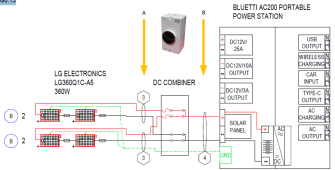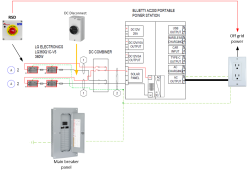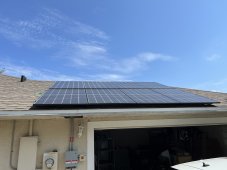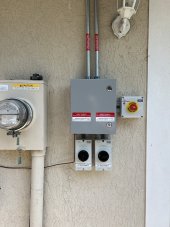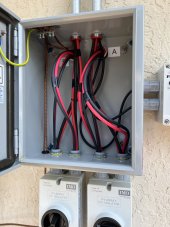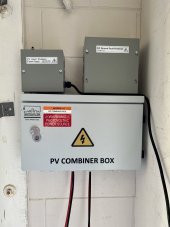By some small miracle I was granted approval for a 2-string solar setup (4+4) on my residential home in Orlando FL with very little input, engineer drew them after telling them what I wanted & an engineer stamped them and permission was granted. The setup is "off grid" specifically using off the shelf all in one Bluetti portable solar generators for emergency and recreationally use. I was fed-up of having panels over the garden and the risk of them getting damaged was high. Now I have the approval I need to get into some of the finer detail before I even turn a bolt and begin. I'm trying to educate myself further, so I do this right first time and pass inspection.
1st item that comes up is a Rapid shutdown solution - from research I have the choice of IMO Fire Raptor or TIGO. As I'm not connected to the grid, I'm assuming I need a manual push button by my main panel outside for EMS BUT how should the power source keeping it live be managed. Should my portable unit power it keeping it 100% isolated or can it be powered by the Grid AC. (Assuming EMS would hit the emergency stop & turn my main supply panel OFF from the outside.
Disconnect / Combiner box’s – This must be external also ? does this have to be outside close to the RSD button or can it be inside my garage where the bluetti will be positioned
I’ll leave it at that for now and work on these 2 key items, thanks for any help !
This is my diagram from the plan set- essentially is this diagram twice over for each string.
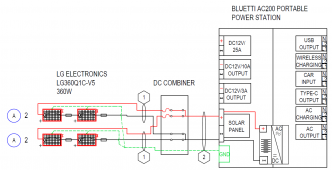
1st item that comes up is a Rapid shutdown solution - from research I have the choice of IMO Fire Raptor or TIGO. As I'm not connected to the grid, I'm assuming I need a manual push button by my main panel outside for EMS BUT how should the power source keeping it live be managed. Should my portable unit power it keeping it 100% isolated or can it be powered by the Grid AC. (Assuming EMS would hit the emergency stop & turn my main supply panel OFF from the outside.
Disconnect / Combiner box’s – This must be external also ? does this have to be outside close to the RSD button or can it be inside my garage where the bluetti will be positioned
I’ll leave it at that for now and work on these 2 key items, thanks for any help !
This is my diagram from the plan set- essentially is this diagram twice over for each string.




